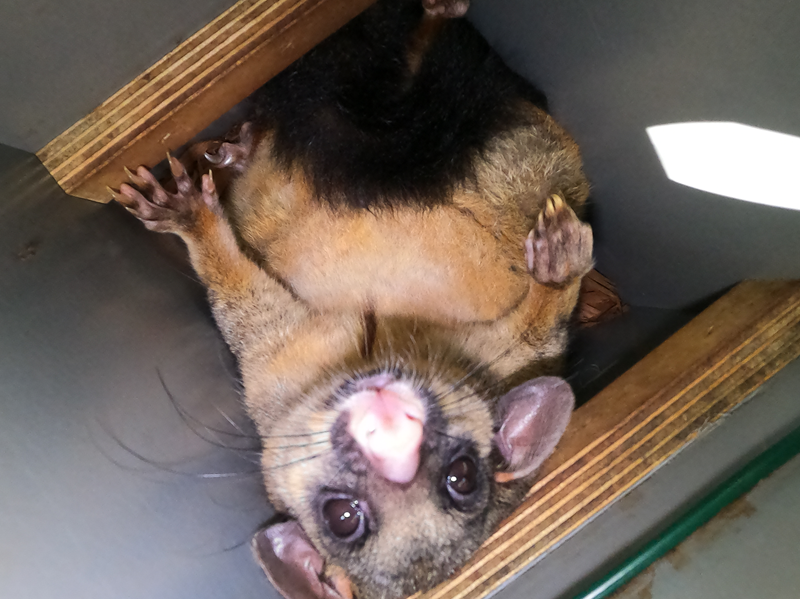Latest News
Safe Havens Large Forest Owls Project June Update
Tuesday, 25th June 2024

Hear the latest from the Nature Conservation Council of NSW’s Safe Havens Coordinator Angus Underwood about the Large Forest Owls Project's upcoming landholder workshop and how species are benefiting from their nest box program after the 2019/20 bushfires.
The Large Forest Owls Project is delivering real outcomes for owls and other hollow dependent species that were devastated by the 2019 bushfires in the Richmond and Clarence lowlands of Northern NSW.
There are currently 20 properties actively involved in the project covering 6,500 hectares. We are working with landholders to conserve and restore owl habitat by installing nest boxes for both arboreal mammals and owls, identifying and protecting remaining hollow bearing trees (including owl nest trees) and improving fire management. We are also undertaking ecological surveys using acoustic monitoring, infrared camera traps, and nocturnal surveys to improve knowledge of species recovery following the bushfires.
Since 2020 a total of 591 nestboxes have been installed for arboreal marsupials, with a further 120+ ready to go up in trees over winter. Monitoring of 470 nestboxes over autumn shows they are providing important habitat for target species including Sugar Gliders, Squirrel Gliders, Brushtail Possums and Antechinus. The overall usage rate across all sites was 70%, however this varied with some properties having usage rates above 80%! There is evidence that boxes are being used by family groups of gliders which is supporting the breeding of these populations, an important prey source for large forest owls.
The passive acoustic monitoring of large forest owls and other nocturnal species is continuing at 49 sites across the study area. Over 16 species have been recorded including Barking Owl, Powerful Owl and Masked Owl, as well as a range of hollow dependant species including Squirrel Gliders, Southern Boobook Owl, White-throated nightjar, and Glossy Black-Cockatoo. The monitoring is providing valuable information about the distribution of these owls, their recovery after the bushfires and is also assisting to find owl high use areas and nest trees.
To find out more about the project go to the webpage where you can see the latest video update on the Safe Havens project https://www.nature.org.au/owls_project
Or come along to celebrate International Owl Awareness Day on Saturday 3rd August at Banyula Conservation Reserve in Pillar Valley. There will be an afternoon of presentations by wildlife experts, a bushwalk to check nestboxes and look at some large old growth habitat trees. Stay for dinner and after dark, we will go spotlighting, listen for nocturnal wildlife and perhaps even glimpse an Owl. Its free and dinner is provided, but you need to register to assist planning and catering https://events.humanitix.com/safe-havens-winter-workshop?fbclid=IwZXh0bgNhZW0CMTEAAR3hcHAAjuaWFY0ALS8AdJhcwjNYPy0MgBOxQ5kN8GB2VNUJfUFr6JDrwE4_aem_ZmFrZWR1bW15MTZieXRlcw
The project is supported by the NSW government through its Environmental Trust.